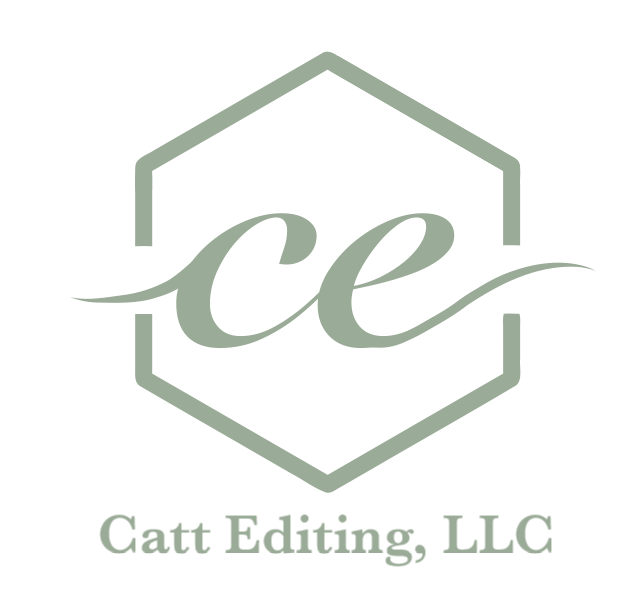How to Self-Edit Your Self-Help Book
When you finished the first draft of your self-help book, you might have printed out the book and got some cute highlighters and then sat down for self-editing and looked at that hefty pile of paper. And looked at it some more. And some more, wondering, What do I do now?
As you may already know, there are several types of editors. My best advice for self-editing is to pretend you are each of those types of editors. First, you’ll read the entire thing for content (developmental) edits, then you go through for line edits, then copy edits. You may have several rounds of editing for each kind. The point is, you don’t want to be fixing commas and typos on your first draft because you might decide to scrap that entire chapter anyway. What a waste of your time! And if you’re trying to do all of it at once, you’re going to miss a lot.
This blog post goes through one process I use when developmental editing a self-help book. I’m sharing it so you can use the same method when editing your own book to give yourself a head-start!
1. Take a Break
If you have some time (and you may not), take a break from your book. You’ll be able to come back with fresh eyes and see the entire thing anew. Trust me, it will help so much. I didn’t do this with my book and then had to stop and take a break, then restart the edit because I was too familiar with it.
2. Make an Outline
You may have made an outline before writing (go you!), but don’t look at it during this edit. Read chapter by chapter and create a new outline, only using your manuscript as reference. The outline you made before drafting (if you have one) was the theoretical organization; now let’s see what’s really in here and how it’s actually organized.
Use bullet points to note what topics you cover. If you notice you say the same thing more than once within a chapter, you can delete one of those instances in the manuscript and keep the other. Any changes bigger than that (like talking about the same topic more than once throughout several chapters), just make notes about them in your outline; don’t make too many changes in the book yet.
3. Evaluate Said Outline
Once you’ve gone through the entire book and have a bullet-point outline of it, look at it. Read that outline and see if it makes sense. Think about your reader. Do you start in a place that makes sense to them? Do you end where they expect you to end?
If you find several bullet points saying the same thing throughout different chapters, that might be a sign that topic needs to be its own chapter.
Maybe you notice one chapter has way fewer bullet points than the others. Think about why that is. Is the number of pages in that chapter the same as the other chapters? If it’s a short chapter overall, maybe it can join up with another chapter. If it’s the same length, think about whether you need to cut it down and make it more concise. Do you really need all ten pages to go over those three topics or can we reduce it to four pages? Then can we join that chapter with another? Or maybe we split it up and tack those pieces onto several different chapters.
Do you see one chapter has double the amount of bullet points as the others? Why is that? If the length is longer than most chapters, let’s split it up. If the length is the same, maybe we need to expand on some of those ideas and then split the chapter.
Evaluate the outline to find patterns and see what needs to be rearranged. It’s hard to think about the entire book all at once, but if you have it in bullet points on one to three pieces of paper, it makes it a lot easier.
4. Make Changes as Needed
Now implement those changes. Move things around, split chapters, join chapters, do whatever makes the most sense for your reader. Always keep your reader in mind.
Congratulations! One round of self-editing is done! If you made any other notes throughout about things you want to change, do those now. Then you can move on to the next round of self-editing.
To get updates about more free tips and advice from experts (like this), make sure to subscribe here!
